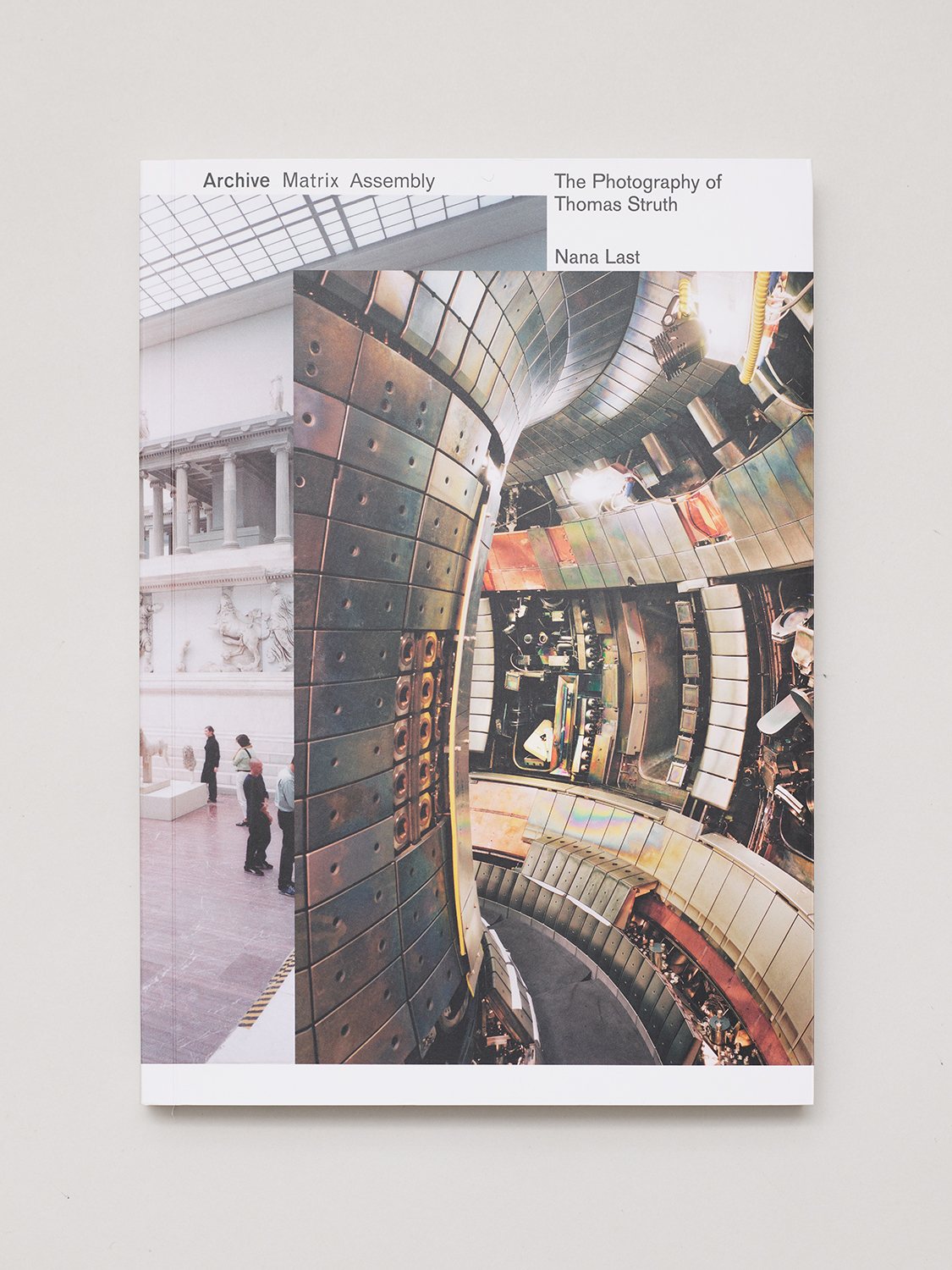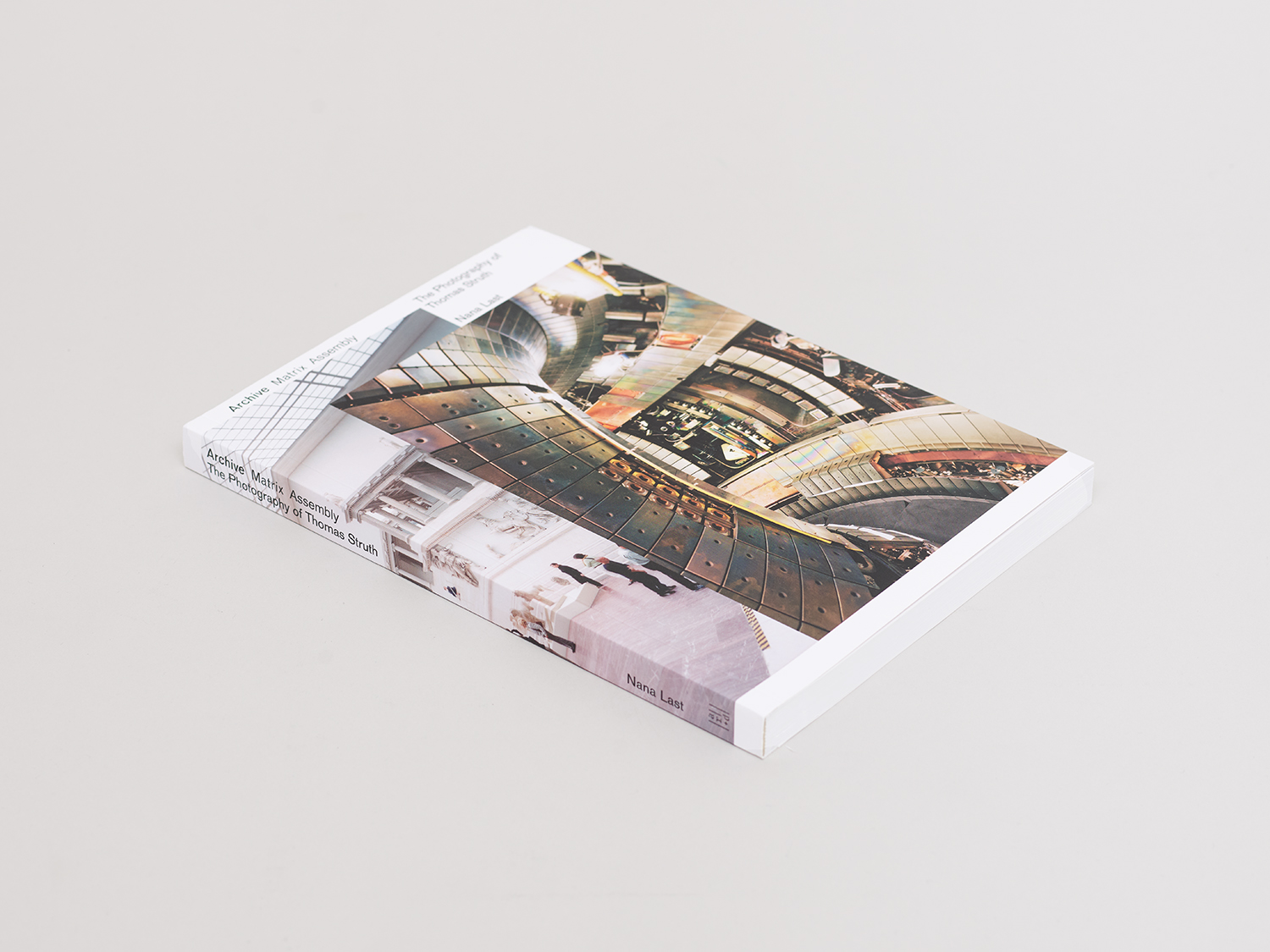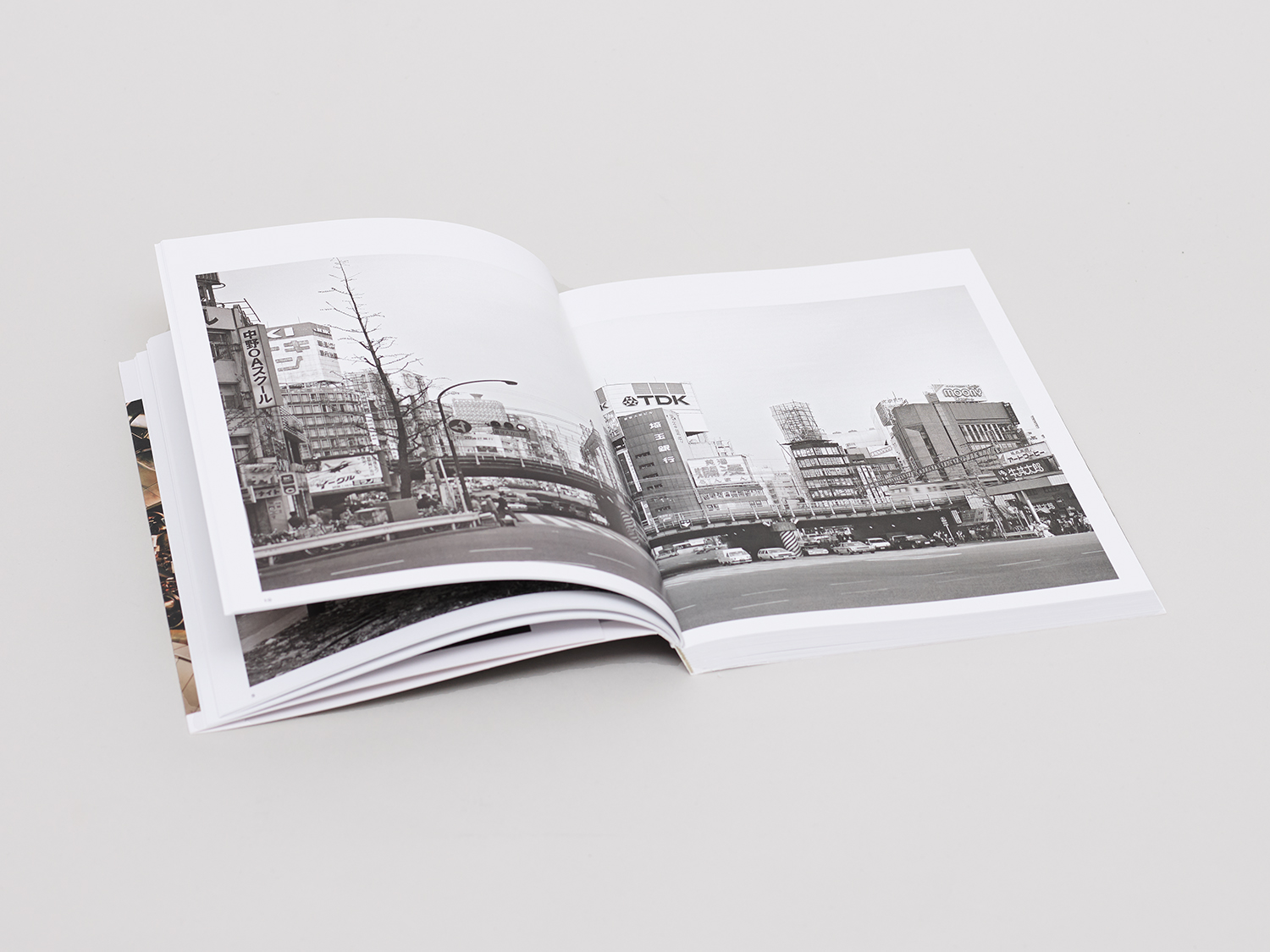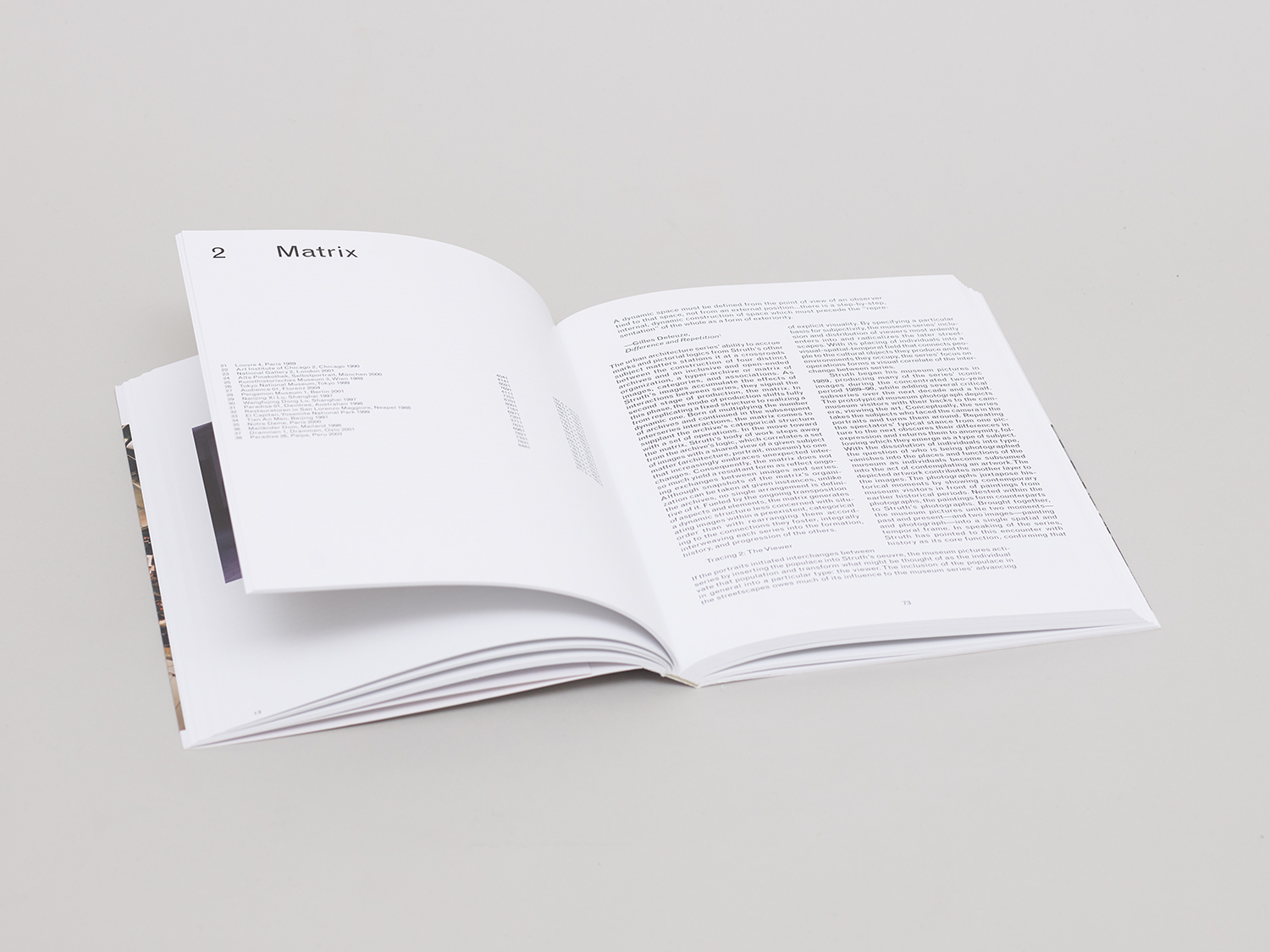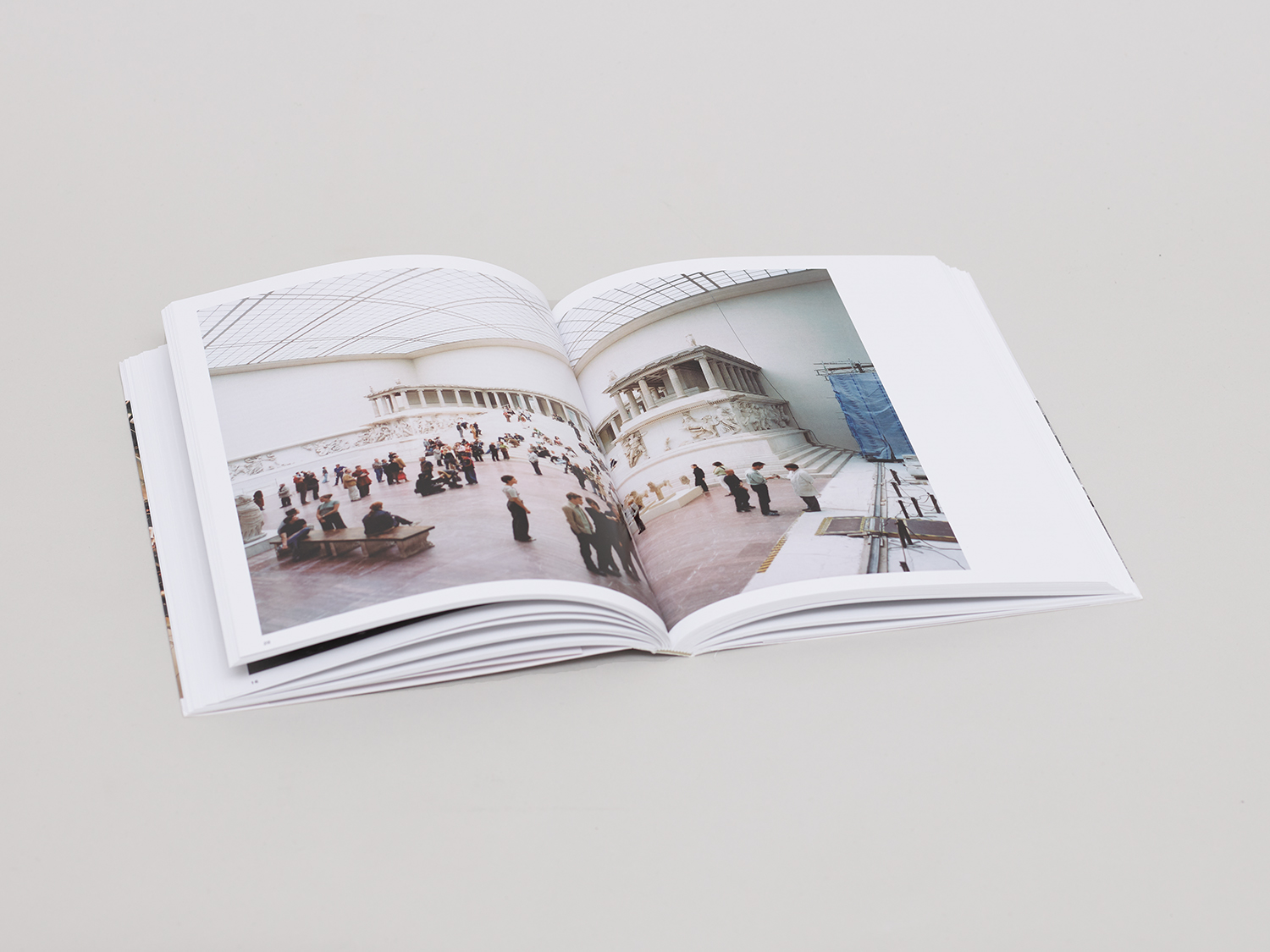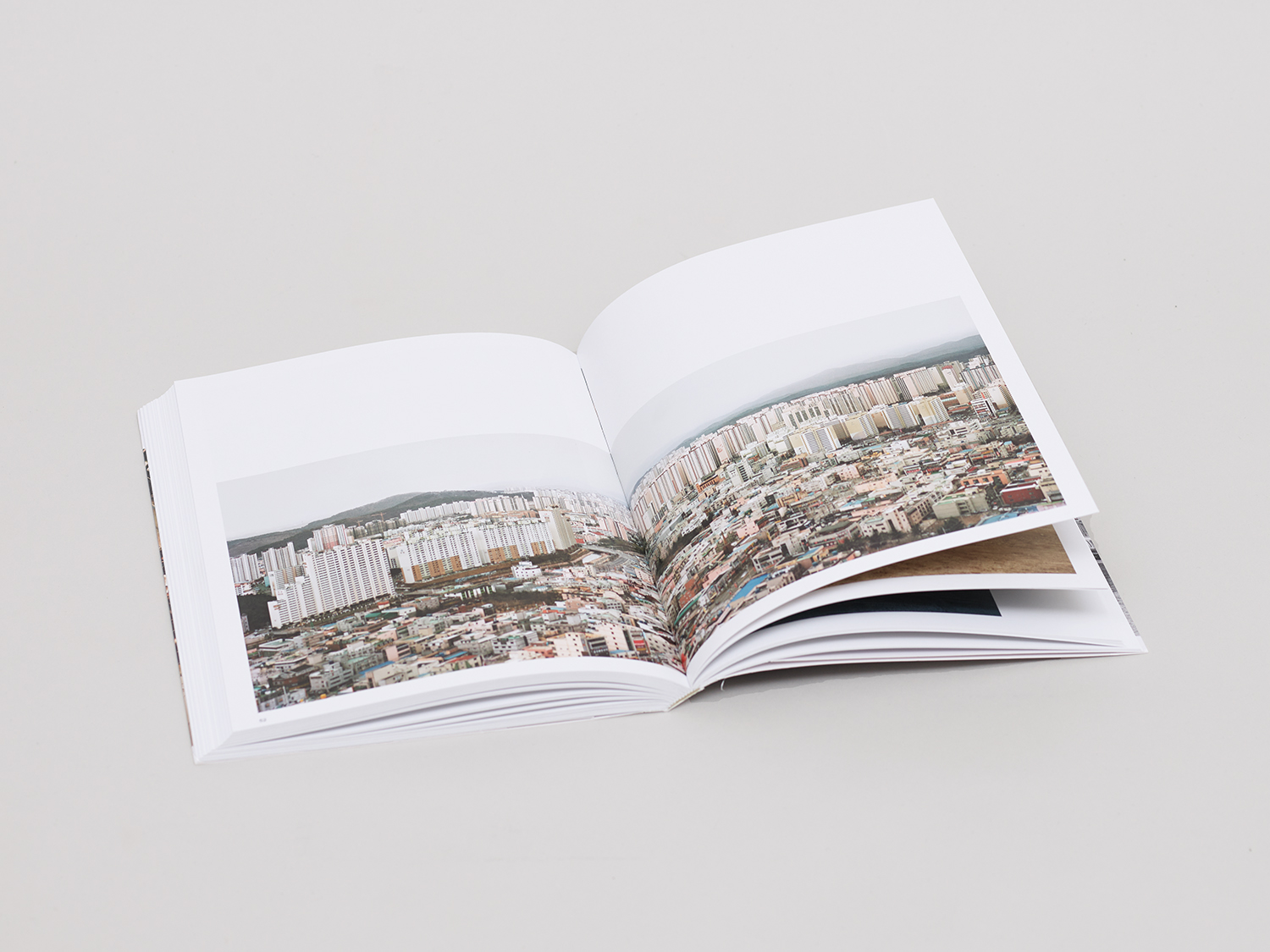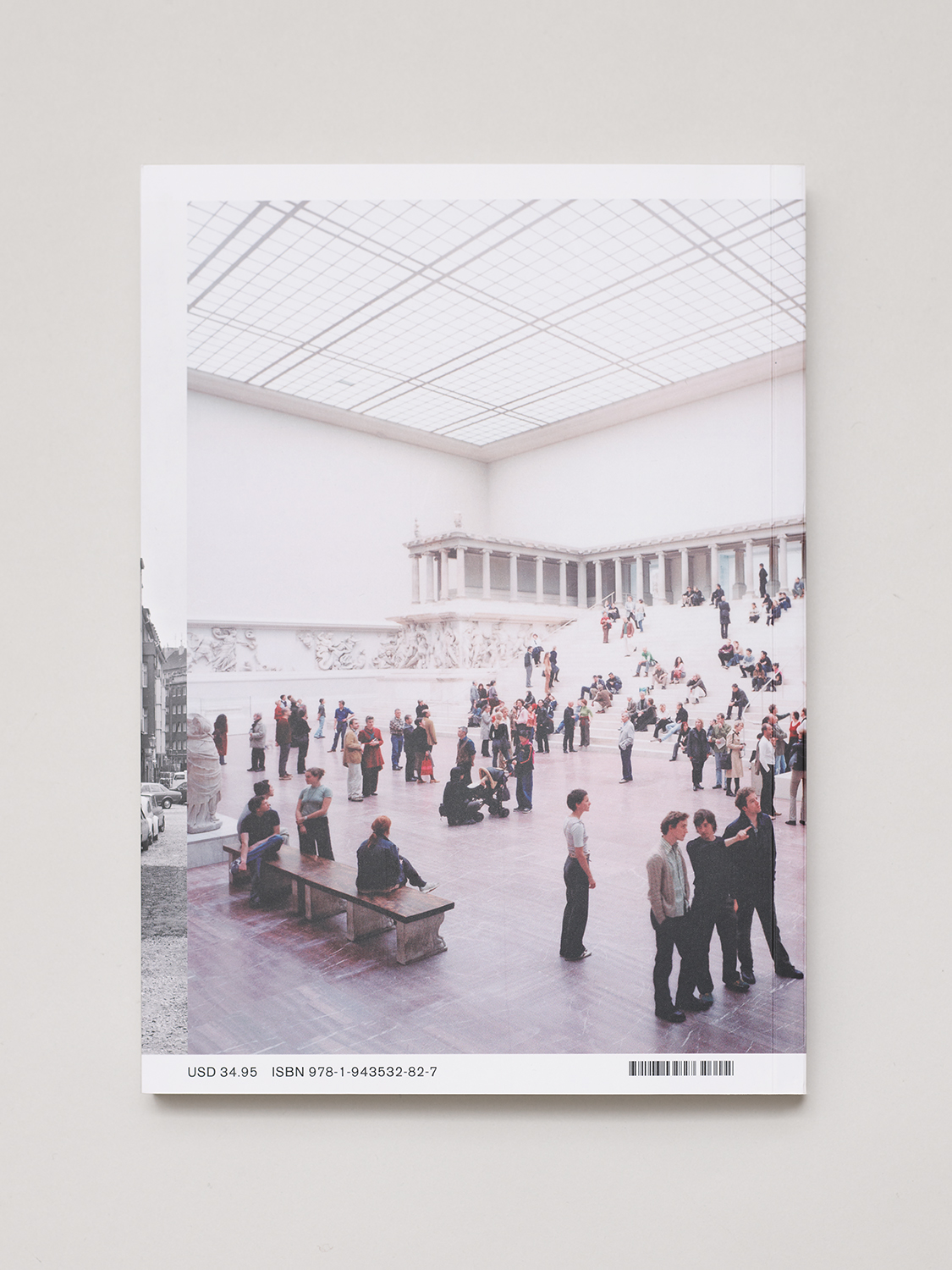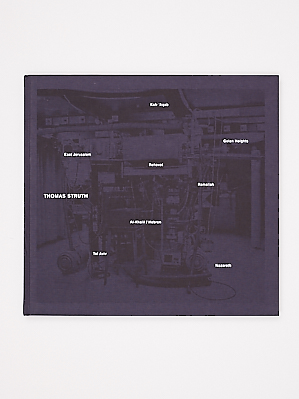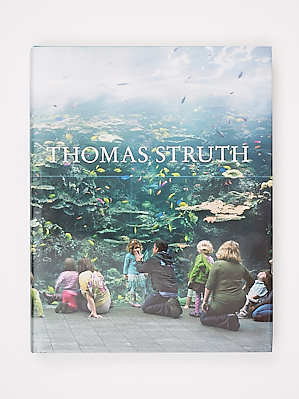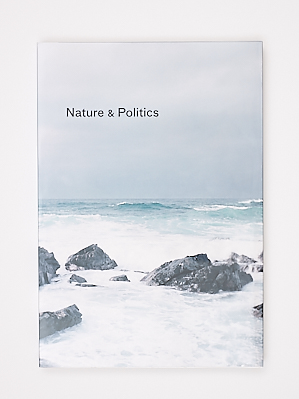
Certain Ideas
February 8, 2024
234
February 8, 2024Archive, Matrix, Assembly: The Photographs of Thomas Struth 1978-2018
€32,00
Year: 2021
Dimensions: 26.7 x 19 cm
Pages: 200
Language: English
Material: Softback
Archive, Matrix, Assembly: The Photographs of Thomas Struth 1978-2018 presents the first comprehensive, systematic theory of contemporary German artist Thomas Struth’s main body of photographic work from its beginnings in the late 1970s until his most recent work in 2018. The book presents a unique, evolutionary understanding of the work, proposing that it has established three stages of production: archive, matrix, and assembly. Together the three stages form a developmental system that characterises the individual photographs, their relation to their subject matter, and how they form larger, significant collections of images. In covering all phases of the artist’s work, it also develops a comprehensive critical reading of the work, serves as a monograph of the artist, and provides an extensive analysis of the photographs at all stages, including the less discussed, more recent photography, which is placed on par with his earlier work for which Struth first became internationally renowned. About the Author: Nana Last is an art and architecture theorist. She is Associate Professor of Architecture and founding Director of the Ph.D. Program in the Constructed Environment at the University of Virginia, and author of Wittgenstein’s House: Language, Space and Architecture (Fordham, 2008).
| Weight | 86 g |
|---|---|
| Dimensions | 19 x 2 x 26.7 cm |
Archive, Matrix, Assembly: The Photographs of Thomas Struth 1978-2018 presents the first comprehensive, systematic theory of contemporary German artist Thomas Struth’s main body of photographic work from its beginnings in the late 1970s until his most recent work in 2018. The book presents a unique, evolutionary understanding of the work, proposing that it has established three stages of production: archive, matrix, and assembly. Together the three stages form a developmental system that characterises the individual photographs, their relation to their subject matter, and how they form larger, significant collections of images. In covering all phases of the artist’s work, it also develops a comprehensive critical reading of the work, serves as a monograph of the artist, and provides an extensive analysis of the photographs at all stages, including the less discussed, more recent photography, which is placed on par with his earlier work for which Struth first became internationally renowned. About the Author: Nana Last is an art and architecture theorist. She is Associate Professor of Architecture and founding Director of the Ph.D. Program in the Constructed Environment at the University of Virginia, and author of Wittgenstein’s House: Language, Space and Architecture (Fordham, 2008).
Archive, Matrix, Assembly: The Photographs of Thomas Struth 1978-2018
€32,00
Year: 2021
Dimensions: 26.7 x 19 cm
Pages: 200
Language: English
Material: Softback
Archive, Matrix, Assembly: The Photographs of Thomas Struth 1978-2018 presents the first comprehensive, systematic theory of contemporary German artist Thomas Struth’s main body of photographic work from its beginnings in the late 1970s until his most recent work in 2018. The book presents a unique, evolutionary understanding of the work, proposing that it has established three stages of production: archive, matrix, and assembly. Together the three stages form a developmental system that characterises the individual photographs, their relation to their subject matter, and how they form larger, significant collections of images. In covering all phases of the artist’s work, it also develops a comprehensive critical reading of the work, serves as a monograph of the artist, and provides an extensive analysis of the photographs at all stages, including the less discussed, more recent photography, which is placed on par with his earlier work for which Struth first became internationally renowned. About the Author: Nana Last is an art and architecture theorist. She is Associate Professor of Architecture and founding Director of the Ph.D. Program in the Constructed Environment at the University of Virginia, and author of Wittgenstein’s House: Language, Space and Architecture (Fordham, 2008).
| Weight | 86 g |
|---|---|
| Dimensions | 19 x 2 x 26.7 cm |
